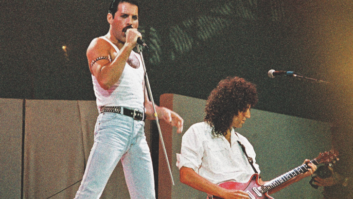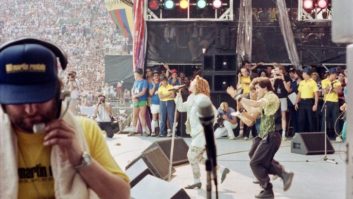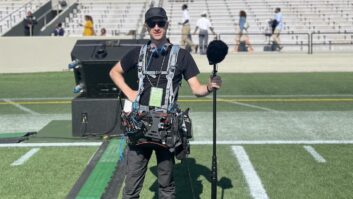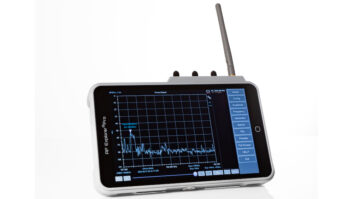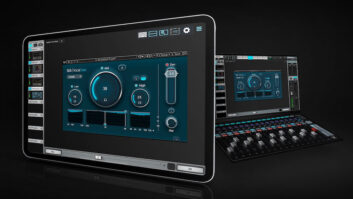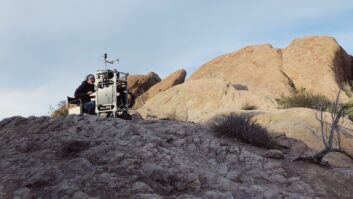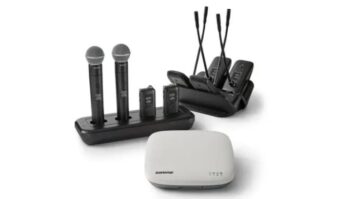Los Angeles, Calif. (August 27, 2024)—Production sound mixer Adam Young has depended on Lectrosonics’ latest generation of fully digital wireless since it was released, using it on “Variety Studio: Actors on Actors” and “The Ellen DeGeneres Show,” as well as work on commercial campaigns for major brands.
Having only one chance to get it right is par for the course at “Variety Studio: Actors on Actors,” Young says. “You’ve got high-profile actors, two at a time, interviewing each other. They’re coming in on a 45-minute time frame to have a completely unscripted conversation. You can’t call someone back in. You can ask them to start a take again, but it’s not going to have the same energy. They shoot very wide, which means I can’t fly boom mics as a primary. I’ve done 17 seasons of ‘Actors on Actors.’ Every season since the Lectrosonics digital came out, I haven’t taken a single wireless hit. I’d really highlight that as evidence of the reliability.”
READ MORE: Sound Mixer Chases Dialog in ‘Twisters.’
While “Actors on Actors” does not require especially high channel counts, much of Young’s other work does. “I had about 30 channels of wireless,” he says of a recent and yet-unreleased project. “The scenario was a classroom, where a celebrity comes in and surprises the kids, gives a speech and takes questions. The director’s vision was a free-flowing Q&A with all the students. I’ve got three boom operators covering zones, six cameras, and [the celebrity] was there for a maximum of two hours. So, no retakes. Because the digital receivers are backward-compatible with the Hybrid transmitters, we were able to use a mix of the two and squeeze 30 clean frequencies into a small L.A. classroom location, and it worked flawlessly. Lectrosonics really delivered for me there.”
RF needs were even more extreme on the Foo Fighters’ documentary special “Preparing Music for Concerts.”
“The entire Foo Fighters frequency team was there for their live sound, and I have to work around the channels they have up,” Young recalls. “They were also running Duet systems for their in-ears. It made for about 45 to 50 channels in total. I coordinated with their monitor engineer, Ian Beveridge. It came down to the ability of our gear to be fully wideband, not being beholden to frequency blocks. If I had to put three channels on block 21 and one more in block 22 and sneak another two in on block 19, no big deal. The shoot was a smashing success. I can’t overemphasize that you had a full concert sound team with things like every guitar having a transmitter, combined with a full film team, all using Lectrosonics wireless, and it all went off without a glitch.”

